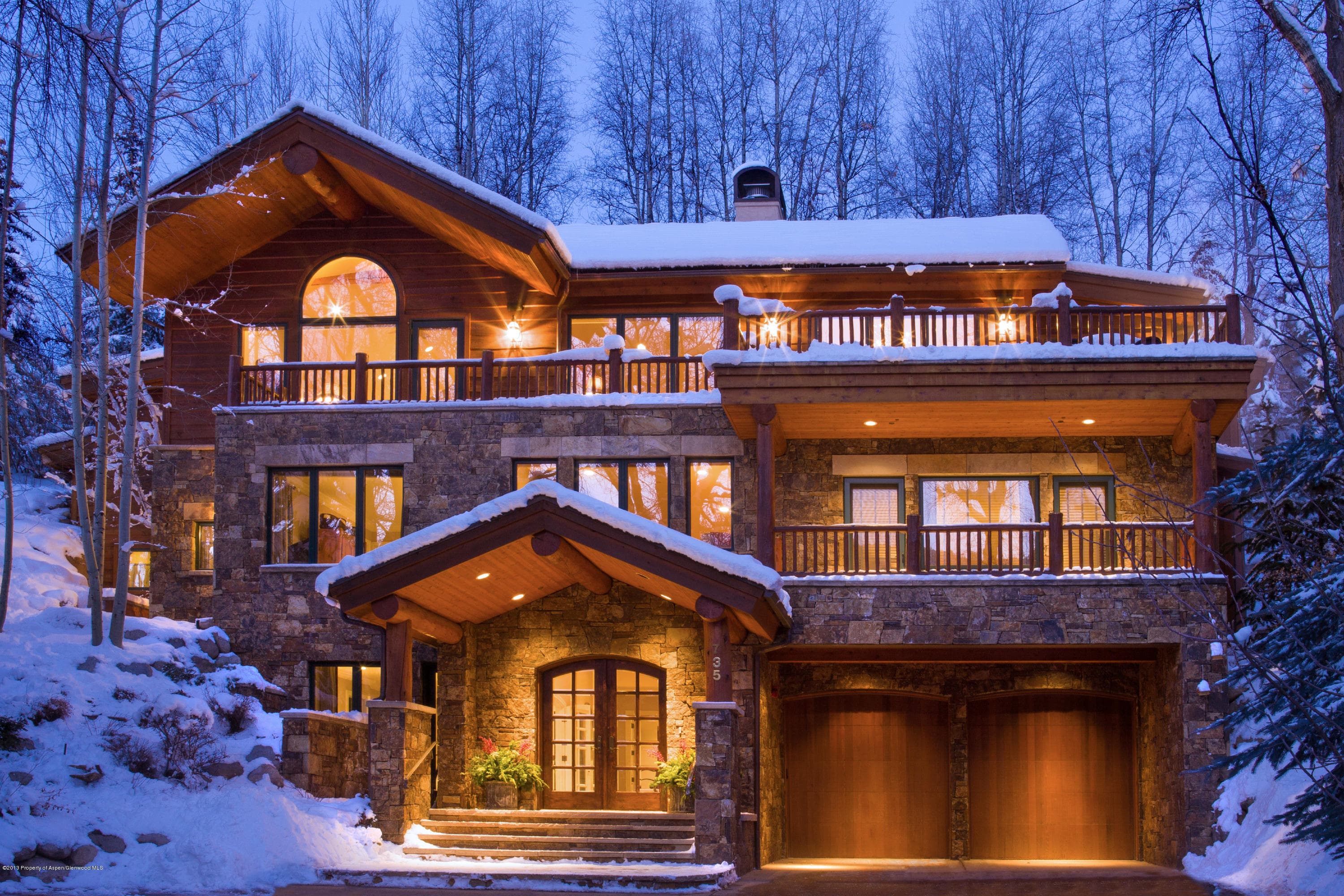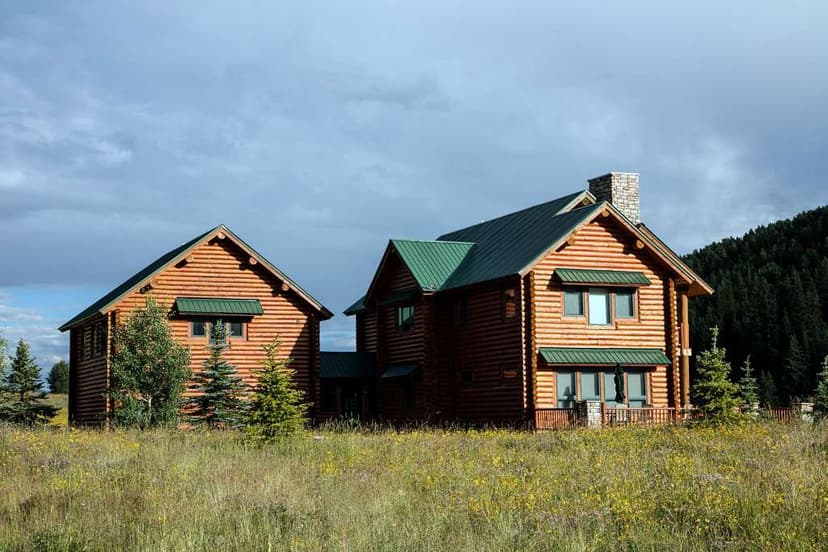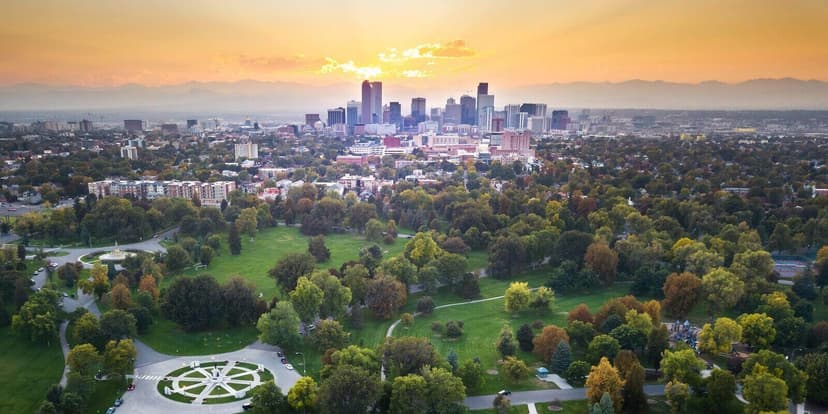The Mountain Property Inspection Reality
Colorado's mountain towns have plenty of homes from the 1960s and 70s—original ski lodges, A-frames, and early resort development properties. They've got character and charm, but they can also have expensive surprises hiding behind the wood paneling. Here's what to watch for.
Foundation and Structural Issues
Mountain homes deal with frost heaving, soil movement, and heavy snow loads. Foundation cracks are common, but there's a difference between minor settling and actual structural problems. Look for doors that don't close right, cracks that are getting wider, or separation between walls and floors.
A-frames in particular can have ridge beam issues—the main structural beam at the peak. If it's sagging or showing rot damage, repairs are expensive and complicated. Don't skip the structural engineer if the inspector has any concerns.
Roof and Snow Load
Mountain roofs take a beating. Heavy snow loads can cause structural stress, ice dams can damage shingles and cause water intrusion, and UV exposure at altitude degrades materials faster than at lower elevations.
Ask when the roof was last replaced. Asphalt shingles might last 20-25 years in Denver but only 15-18 years in the mountains. Metal roofs last longer but cost more upfront. Budget for a roof replacement if it's getting close to end of life—we're talking $15,000-$40,000 depending on size and complexity.
Plumbing Surprises
Many older mountain homes have issues with freeze risk. Pipes running through exterior walls or unheated crawl spaces can freeze and burst. Look for evidence of past freeze damage—water stains, recent repairs, or odd pipe routing that suggests someone dealt with freeze problems before.
Also check for galvanized pipes if the home is from the 60s or 70s. They corrode over time and eventually need replacing. That's a $10,000-$20,000 project to repipe an entire house.
Heating Systems
Many mountain properties still have old forced-air furnaces, boilers, or even wood stoves as primary heat. A 25-30 year old furnace is living on borrowed time. Budget for replacement soon, because you really don't want it dying in February at 9,000 feet.
If the property has radiant heat, that's generally great—but if it's an old system with pipes embedded in concrete, and you develop a leak, repairs are invasive and expensive. Ask about the system's age and maintenance history.
Electrical Updates
Knob-and-tube wiring or old aluminum wiring in mountain homes is surprisingly common. Both are safety concerns and many insurance companies won't cover homes with these systems. Rewiring isn't cheap—figure $8,000-$15,000 for a smaller cabin.
Also check the electrical panel capacity. Older homes might only have 100-amp service, which is marginal if you're adding electric vehicle charging or upgrading to electric heat. Upgrading to 200-amp service costs a few thousand dollars but might be necessary.
Water Intrusion and Mold
Mountain homes can have chronic moisture issues from snow melt, poor drainage, or just the wet-dry cycles of spring. Look in crawl spaces, basements, and around windows for signs of water intrusion. Musty smells are a red flag.
If you find evidence of past water problems, consider a mold inspection. Remediation can range from a few thousand to tens of thousands depending on severity.
The Inspection Contingency
Don't waive your inspection contingency to make your offer more competitive. I know it's tempting in a hot market, but with older mountain properties especially, you need to know what you're buying. Build inspection costs and reasonable repair requests into your offer strategy instead.
And hire an inspector who knows mountain properties specifically. They'll catch things a suburban home inspector might miss.
Found a property you love but concerned about potential issues? Let's talk through it—we've seen most common problems and can help you evaluate whether it's a deal-breaker or just normal maintenance.


